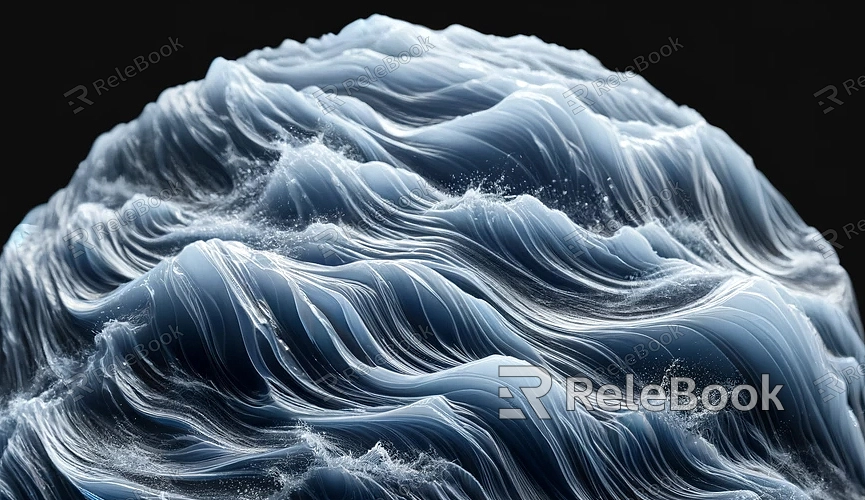What Does Texture Mean?
In modern 3D image processing, computer graphics, and design fields, the term "texture" is widely used. So, what does texture mean? What significance and applications does it have in different fields? This article will explore the definition, types, and applications of texture across various domains.
Basic Definition of Texture
Texture, at its most fundamental level, refers to the visual and tactile characteristics of an object's surface or an image. It can be represented as a pattern, color, gloss, or structure, giving objects a specific feel. For example, the texture of wood may include its grain and knots, while the texture of fabric may encompass its weave pattern and fiber texture.

Significance of Texture in Different Fields
1. Texture in Computer Graphics
In computer graphics, texture primarily refers to texture mapping, a technique used in 3D modeling to apply 2D images to 3D surfaces. Through texture mapping, details can be added to 3D models to make them appear more realistic. For instance, in 3D games, texture mapping can create the appearance of rough and uneven textures on rocks or the shimmering effect on water surfaces.
2. Texture in 3D Image Processing
In the field of 3D image processing, texture is one of the essential features of an image. It can be used to describe the characteristics of regions within an image and is commonly used in image segmentation, recognition, and analysis. For example, analyzing the texture in an image can differentiate between different materials and objects such as rocks, wood, and metal.
3. Texture in Design and Art
In design and art, texture is used to enhance visual appeal and express emotions. Designers can create depth, contrast, and focal points by using different textures. For example, in graphic design, textures can add complexity and depth to backgrounds, while in interior design, textures in wallpapers, carpets, and furniture can evoke various atmospheres and styles.
Types of Texture
1. Natural Texture
Natural texture refers to textures found in the natural world, such as the grain of wood, the texture of rocks, or the fur of animals. These textures often exhibit irregularity and randomness, giving a sense of naturalness.
2. Artificial Texture
Artificial texture refers to textures created by humans, such as the weave pattern of fabrics, the patterns on wallpapers, or the designs on floor tiles. These textures often have regularity and repetition, allowing designers to control and manipulate them according to their intentions.
3. Visual Texture
Visual texture is the texture perceived through vision, that is, the details and patterns observed on the surface of images or objects. This type of texture can be perceived without touch, such as the wood grain or stone texture seen in pictures.
4. Tactile Texture
Tactile texture is the texture perceived through touch, that is, the roughness, smoothness, softness, or hardness felt when touching the surface of objects. For example, the smoothness of silk, the roughness of sandpaper, or the softness of cotton.
Applications of Texture
1. Games and Animation
Texture is indispensable in game development and animation production. By adding textures to 3D models, the virtual world can become more realistic and immersive. For example, in an open-world game, different textures are applied to the ground, rocks, and water surfaces to enhance visual effects and immersion.
2. Architecture and Interior Design
In architecture and interior design, texture is used for material selection and space decoration. Designers can choose different textures for walls, floors, and furniture to create various styles and atmospheres. For example, rough brick textures can create an industrial style, while smooth marble textures are suitable for modern minimalist styles.
3. Graphic Design and Advertising
In graphic design and advertising, texture is used to enhance visual effects and convey emotions. By adding textures to backgrounds, text, or graphics, design works can become more rich and engaging. For example, using a wood grain background can convey themes of nature and environmental friendliness, while using a metal texture can add a modern and technological feel.
Texture has rich significance and wide-ranging applications in different fields. It is not merely surface detail but also a way of conveying information and emotions. Whether in computer graphics, 3D image processing, design, or art, understanding and applying texture can greatly enhance the quality and attractiveness of works. If you need high-quality 3D textures and HDRI or 3D model downloads for your creations, you can download them from Relebook and directly import them into your models.

